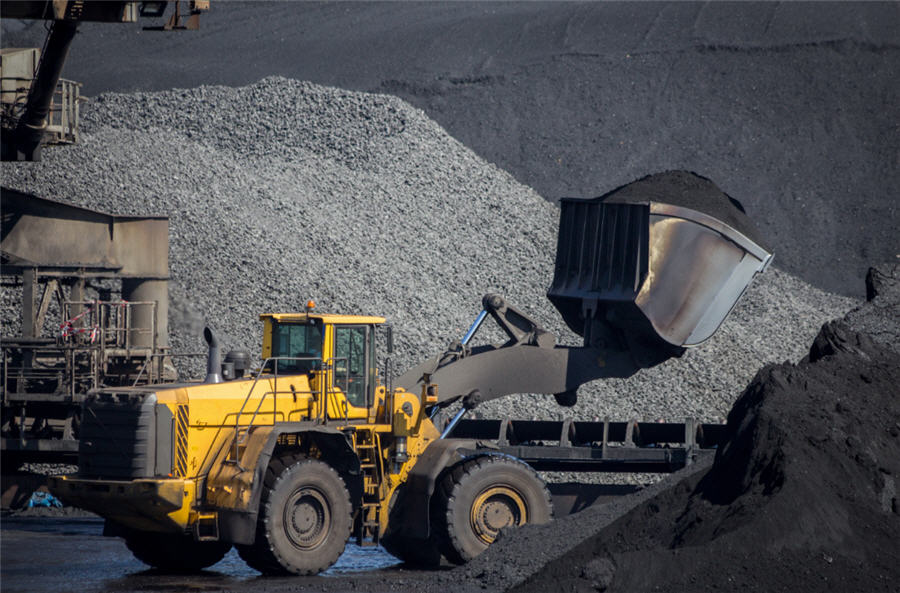JPMorgan stops lending to coal companies

JPMorgan Chase will no longer lend to coal companies, and will limit financing to companies drilling in the arctic, the company announced Tuesday at its annual investor day in San Franciso.
The bank remained the largest funder of fossil fuels despite long-standing climate protests, and faced years of criticism from environmentalists for its relationships with fossil-fuel companies, scrutiny it has sought to avoid at events like its annual shareholder meeting.
JP’s announcement follows similar commitments made by some European banks and by Goldman Sachs, the first US bank to announce such limits on fossil fuel funding.
The bank faced years of criticism from environmentalists for its relationships with fossil-fuel companies, scrutiny it has sought to avoid at its annual shareholder meeting
This year, JPMorgan is facing climate-related shareholder proposals, including a resolution from climate change advocacy group As You Sow requesting that the company measure and reduce its carbon-intensive lending in line with the Paris 1.5 degree goal.
“As climate change increasingly impacts the economy, investors are asking their companies to take greater responsibility for transitioning their businesses to thrive in a low-carbon economy. JPMorgan Chase is a lynchpin in that transition,” Danielle Fugere, president of As You Sow said in a media release.
JPMorgan said it will facilitate $200 billion of transactions in 2020 that “support climate action” and advance the United Nations’ sustainable development goals.
Those transactions are expected to be a mix of loans, underwriting, advisory services and investments, and will include $50 billion of financing for green initiatives, Reuters reported.
(With files from Reuters)
More News
{{ commodity.name }}
{{ post.title }}
{{ post.date }}

2 Comments
Adam
I don’t blame the bank at all. I worked with 5 of the largest mining companies in the US and my job was to analyze their fuel and lubricant expenses. Not one of them tried to control their cost on fuel and lubricants. Shareholders don’t know and C-level executives don’t care because they don’t want to be the ones admitting it happened under their watch and the shareholder and low level employees take the brunt of it when these companies file bankruptcy.
Flávio Berthoud
If the Governments are interested in reducing 60%, or more, the emission of PM and Pollutant Gases that the industrial process generates when using all kind of fossil fuels, like oil, gas, coal and iron ore, it should contact who has the technology Selective Switching that allows this reduction.
Selective Switching Technology – current scenario.
* Is being installed the 1st Upgrade in an industrial filter, model ESP -Electrostatic Precipitator – installed in Vitória/ES – Brasil, turning the ESP into the ESP-SS, with CERTIFICATION scheduled for March / 2020.
* This Upgrade will allow that can be retained 100% of PM 0.1 micron up to PM 10 micron which is currently not retained. This mass of Particulate Material that will be retained represents 60% of all current pollution not retained and released into the atmosphere.
* Parallel to this, is being designed and will be built the 1st ESP containing the Selective Switching technology, which will be the ESP-SS.
* Is under evaluation the use of an device, the ACI – Activated Carbon Injector – that will be installed in the ESP-SS, transforming it into the industrial filter to be called ESP-SS/ACI.
* This ESP-SS/ACI, able to filter and retain 100% of PM 0.1 micron to PM 10 micron, will also be capable of filtering and retaining an immense amount of Pollutant Gases produced in industrial processes, which today require retention systems of post-treatment, usually complex and very expensive.
* In a 2nd stage, only possible in 2/3 years, when it is ready the version of Relay LP 160 KV, fundamental piece of the Technology SS, produced in the UNITED STATES under license of TCS Ltda, the ESP-SS/ACI will be able to retain 100% of the total of all current mass of PMs and all types of Pollutant Gases released into the atmosphere through the chimneys, since PMs less than 0.1 micron will also be withheld.
*The Patent holder, unfortunately being a small company, is selling the Patent to the Chinese Government, which was quick and effective in verifying the quality of the Selective Switching Technology.